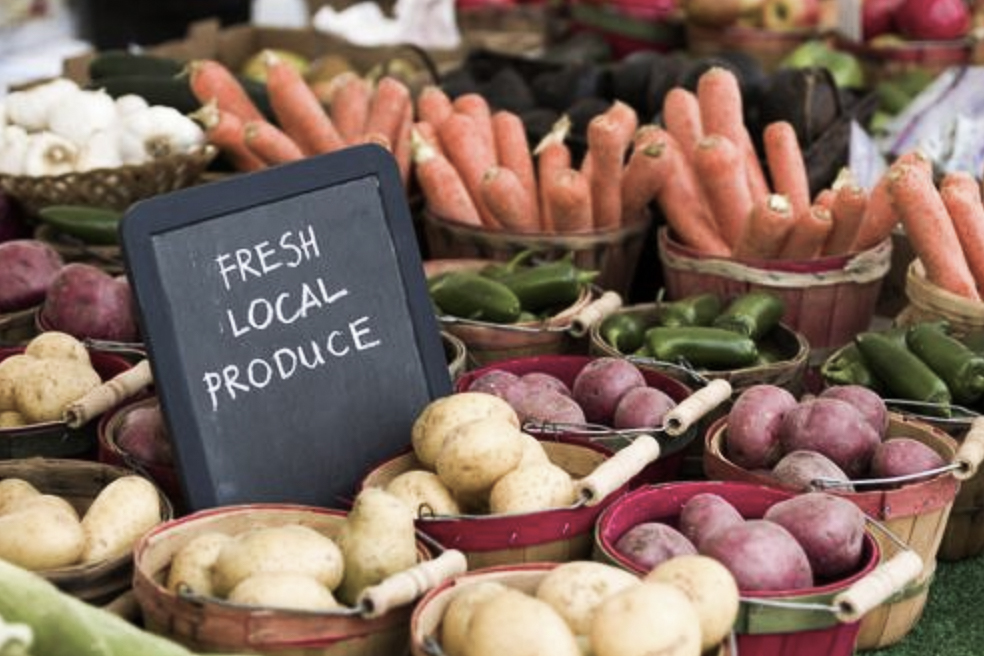Stage 38. Stolberg (DE) to Aachen (DE)

The nicknames of Stolberg are “Copper city” and “Oldest Brass city in the world” – indicates the long tradition of its metalworking industry.
Stolberg is a historic old town with an impressive castle complex, three old town churches and pre-industrial homes and workplaces. The castle complex dates back to the 12th century and there are many other buildings and streets to explore. The appearance of the old town is predominantly determined by the local limestone and the edging of windows and doors are often made of bluestone, which results in visually attractive house facades. The old town encloses the southern and western flank of the castle.
The oldest surviving half-timbered house can still be admired in Klatterstraße and the building with house number 12 is from the 18th century and served as a brewery.
The ancient name of Aachen/Aix-la-Chapelle is not been passed. Since Charlemagne founded his castle on the remains of Roman baths, the Latin word aqua for water can be taken as the origin of the name.
Picture above: The magnificent Aachen Cathedral (Aachener Dom) which is the oldest cathedral in Northern Europe (786) and was built by Emperor Carolus Magnus. The cathedral is by its architectural richness and its historical symbolic significance one of the most important European buildings.
Aachen is a city in the Nordrhein-Westfalen, exceeds a population of 100,000 and has been the westernmost German city.
With the Rheinisch-Westfälische Technische Hochschule (RWTH) has Aachen one of the largest and most traditional technical university in Europe.
The city’s landmark, the Aachen Cathedral was founded by Charlemagne as a masterpiece of Carolingian architecture. The cathedral treasure was added to the UNESCO World Heritage List in 1978 as the first German cultural monument and the second worldwide.
Due to the frontier location in the heart of the Euregio Meuse-Rhine there are numerous cultural, especially architectural influences from the neighboring regions the Belgian and Dutch area.
Charlemagne/Carolus Magnus, King of the Franks made Aachen the political, cultural and spiritual center of his empire and was regarded by his contemporaries as the “Father of Europe”
The International Charlemagne Prize/Karlspreis of Aachen is the oldest and best-known prize award to a person who promotes the European unification.
Aachen is a state-approved spa and Aachener Printen is a local specialty.
Overview map:
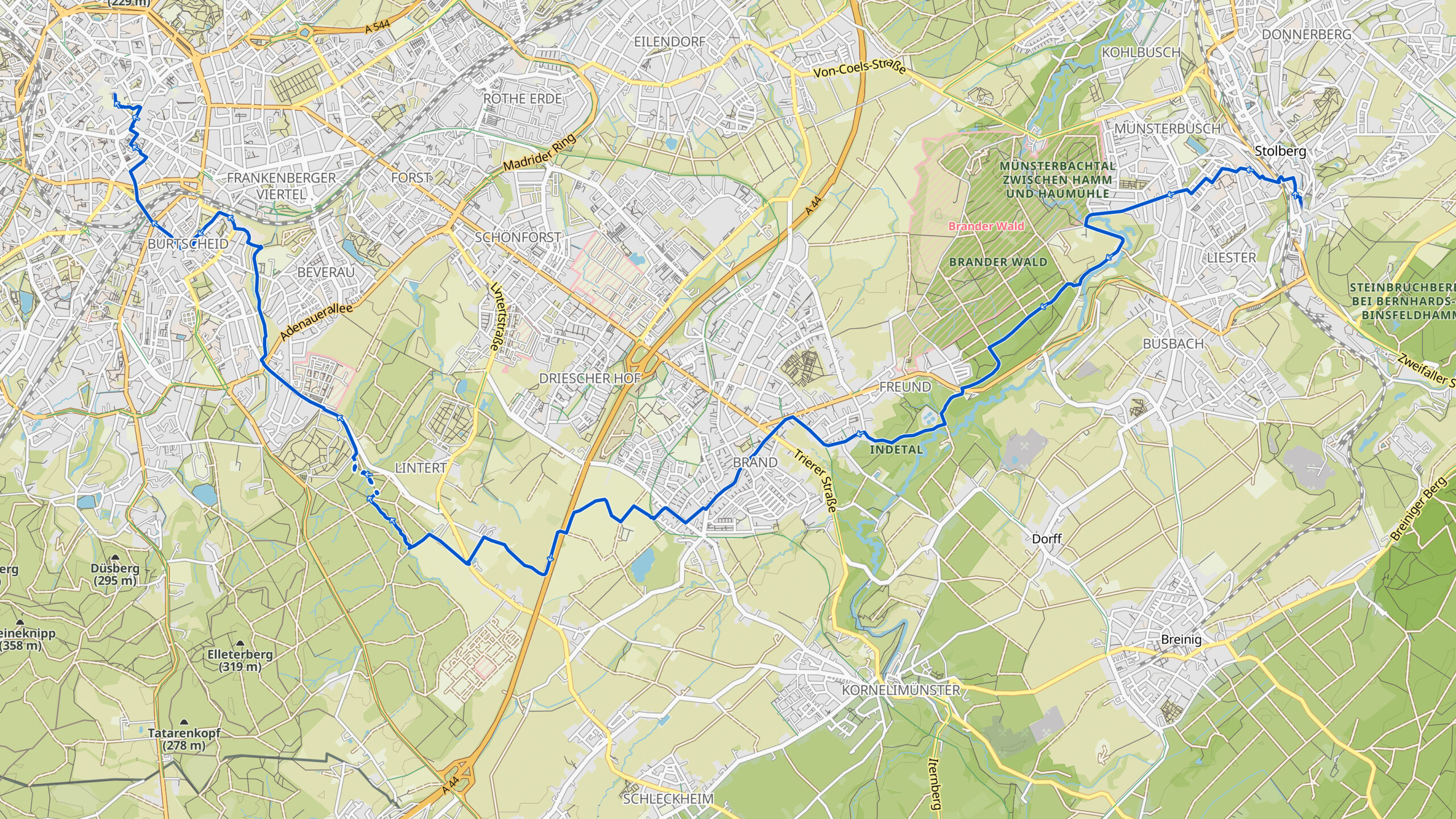
Stats:
| Start: | Stolberg (DE) |
| Coordinates (DD): | 50.766811 / 6.233552 |
| End: | Aachen (DE) |
| Coordinates (DD): | 50.776254 / 6.083398 |
| Distance: | 18,6 kilometers |
| Uphill: | 230 meters |
| Downhill: | 260 meters |
| Path, dirt road, gravel, nature trail: | 70% |
| Asphalt, road: | 30% |
| More additional info like GPX track: | Go to Komoot* page here… (external) |
| Print: | Go for download here… (pdf) |
- *Komoot is a navigation and route-planning app that enables you to create and follow routes that are based on walking/riding type and ability. Be aware you have to sign up for free to have access to the app.
See and share with QR code:

You will see stage 38. when you scan the QR code (In the app Komoot).
Highlights:
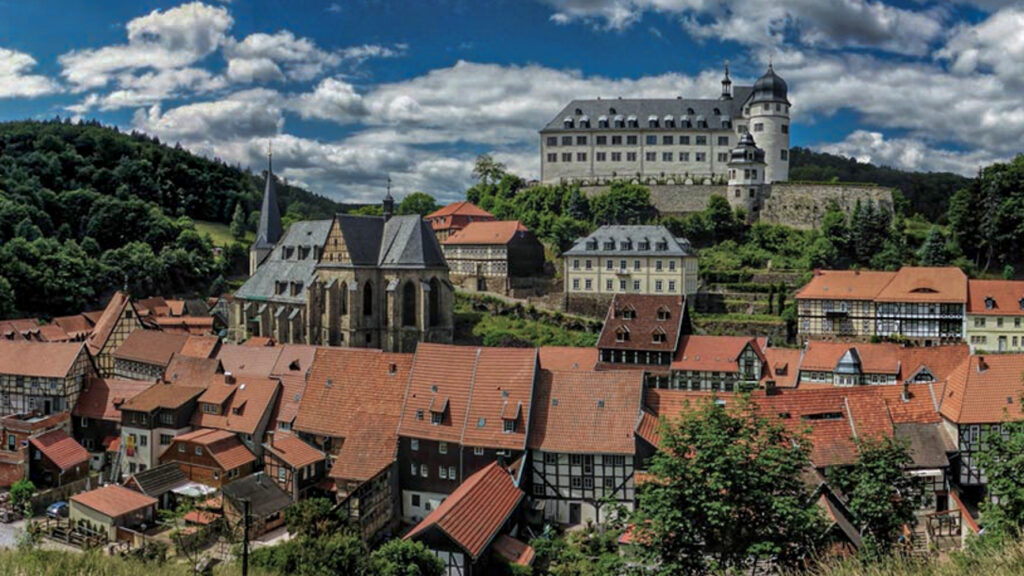
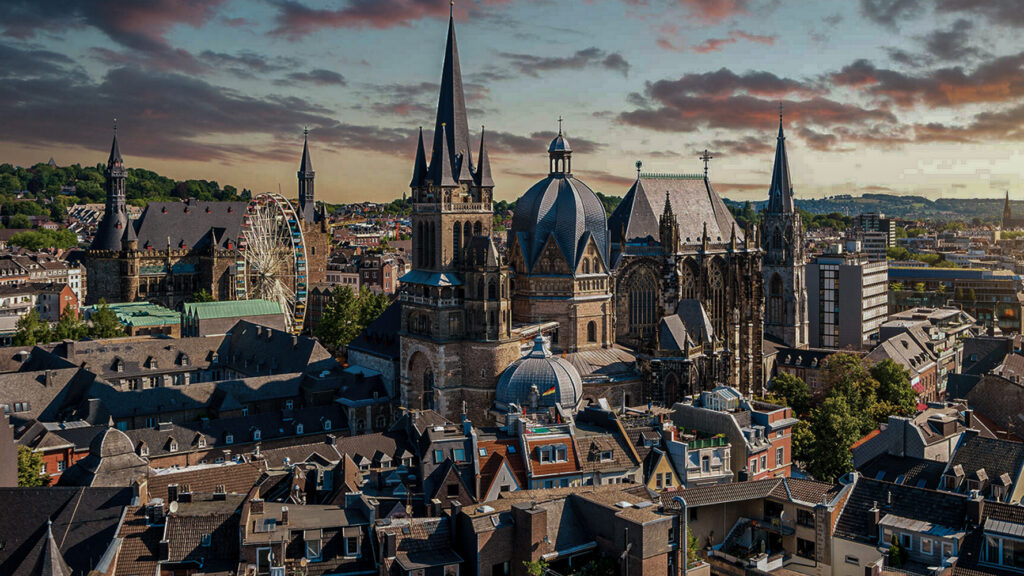
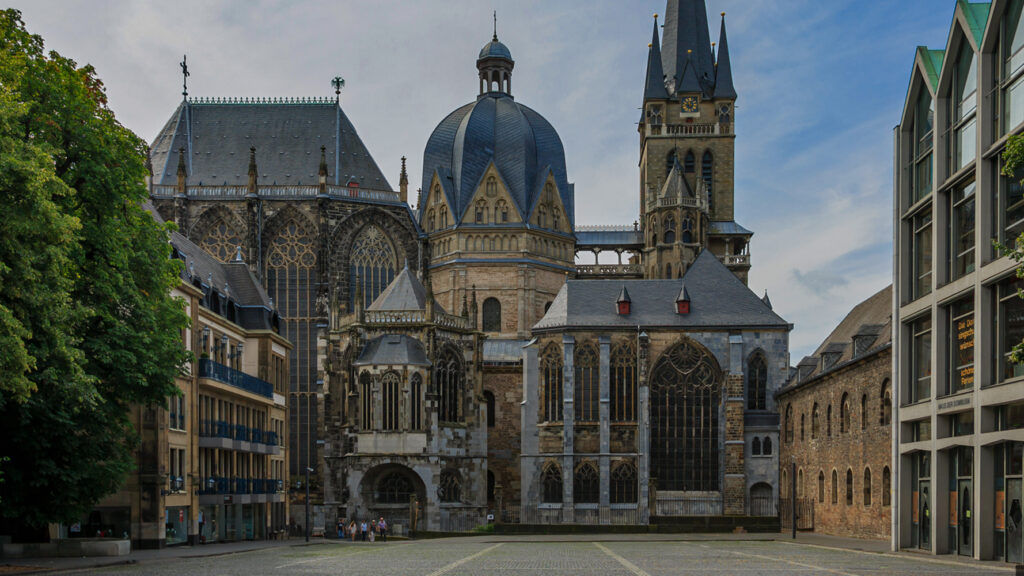
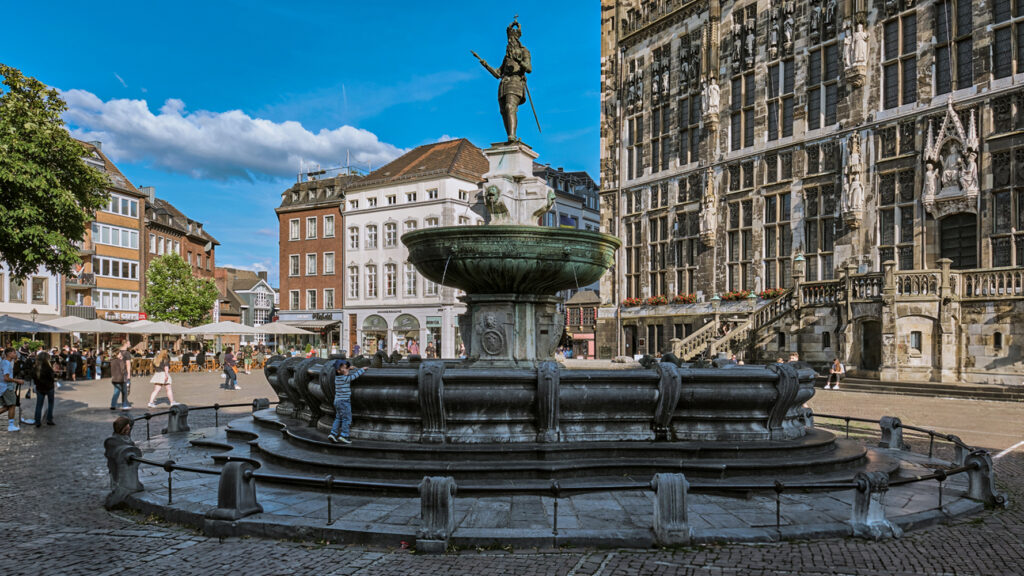

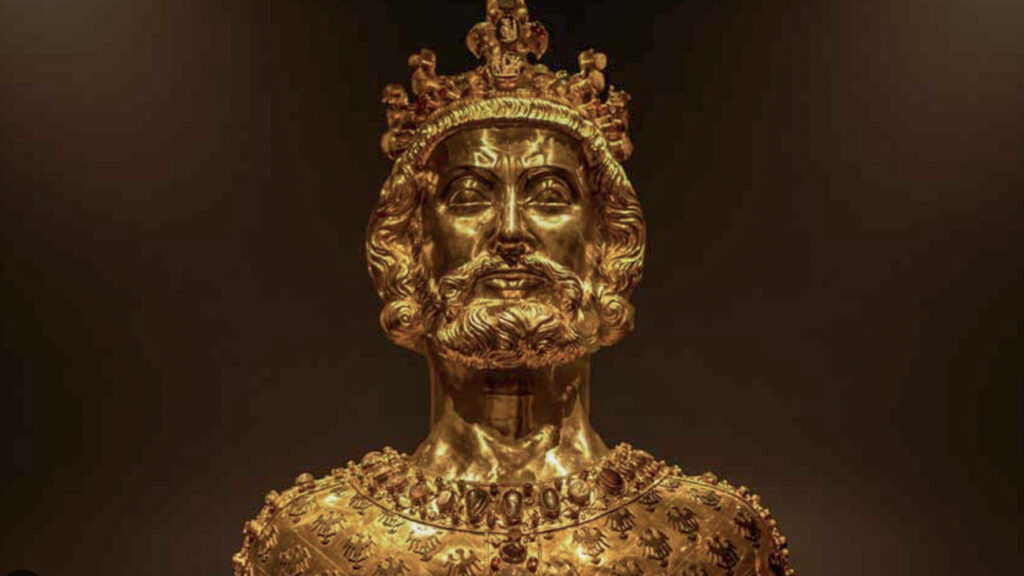
Brander Wald is at the same time a protected nature reserve as a recreation area and a military training groundand is located between Aachen and Stolberg. In Brander Wald you can find not only various endangered plant and animal species, but also the wrecks of four old tanks from earlier times, read more…
Please note: the Brander Wald is a military training area. If there is a red flag on the flagpole at the entrance, access is prohibited.
Check out Elisenbrunnen, a neoclassical building that smells suspiciously of eggs. Have no fear, the smell is actually the sulfurous water! If you run your hands under the spouts inside, you’ll be surprised by the hot temperature of the water. This thermal water is what makes Aachen truly unique, as it used to be home to Roman baths and the reason why Carolus Magnus stayed here. Despite the smell, these waters actually have some healing powers, and apparently make your nails and hair stronger.
Specific local info:



Roman history
Magnus Carolus
Water sources
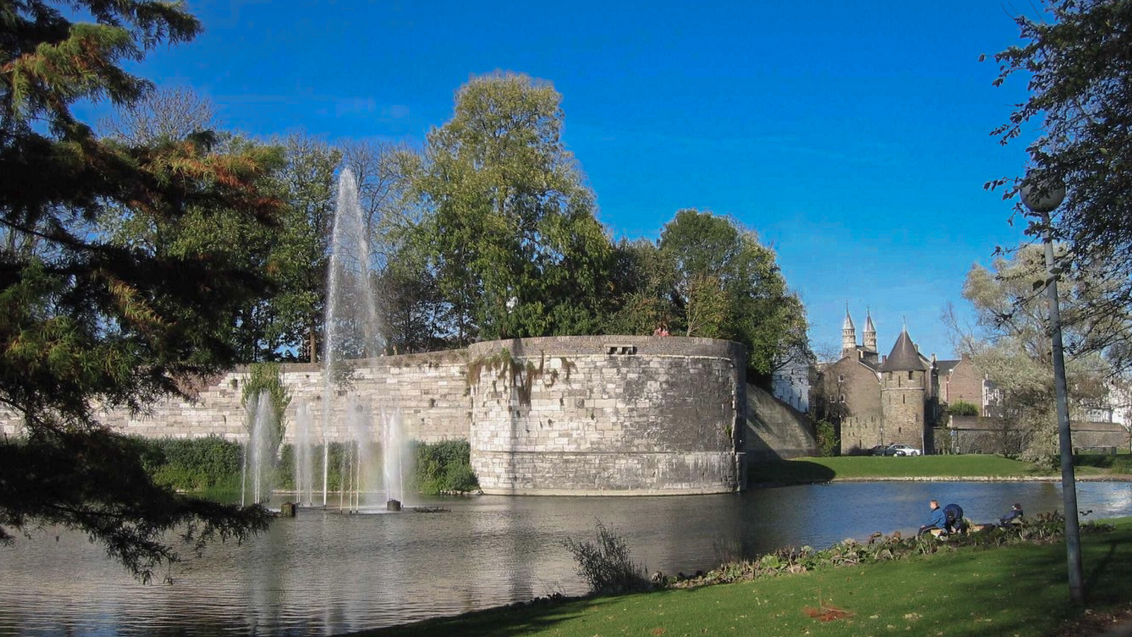
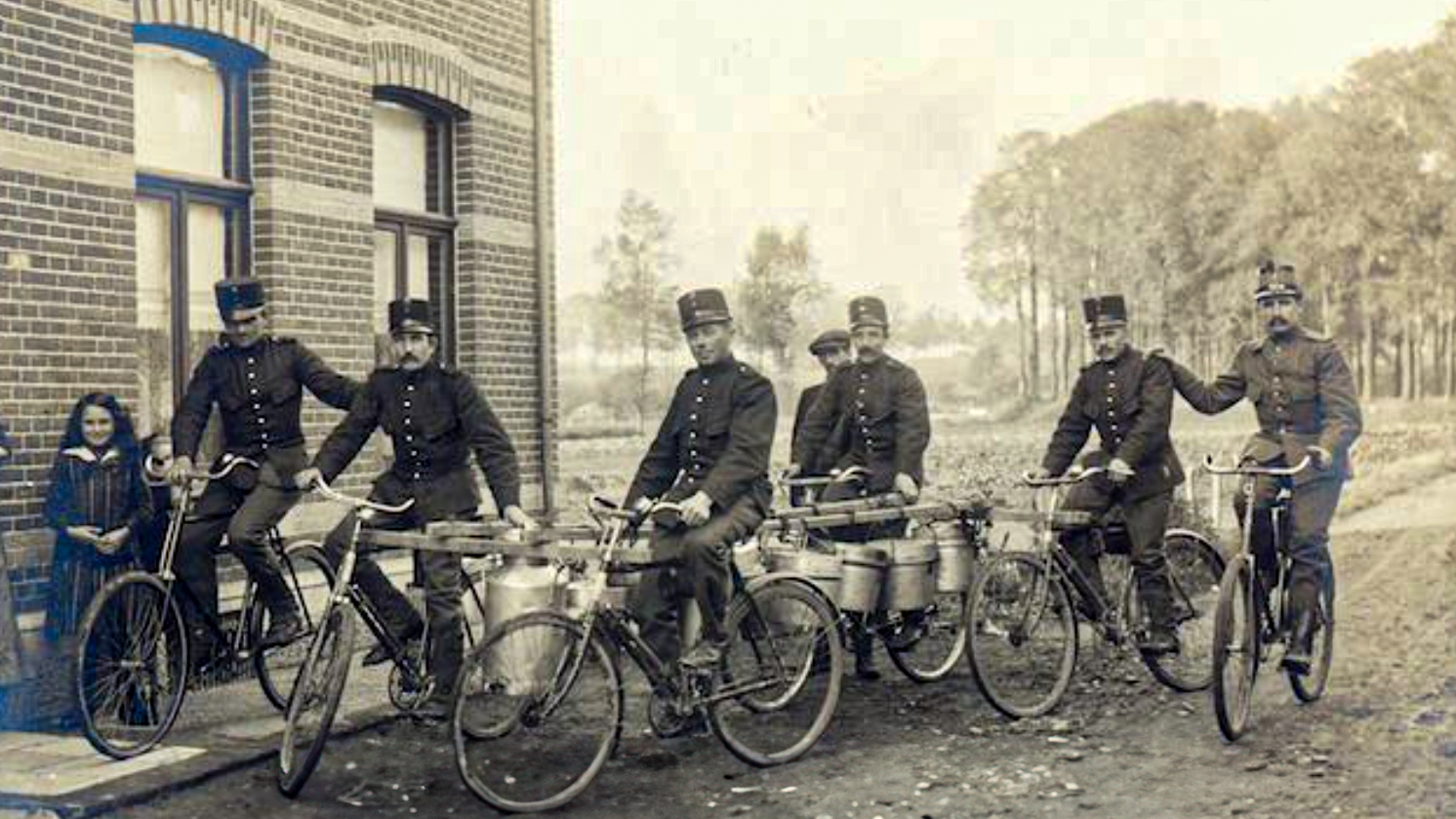
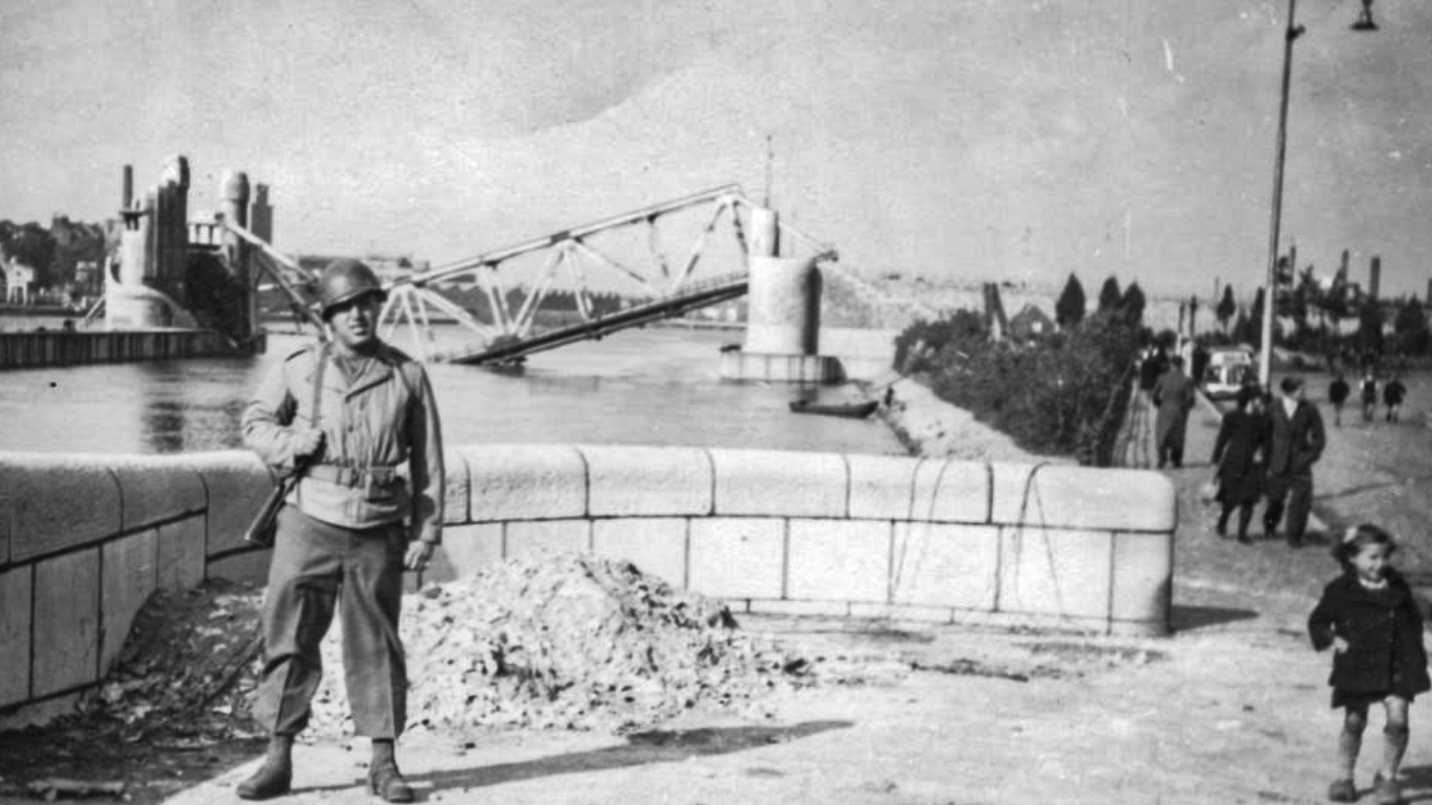
Nature
WW1
WW2
